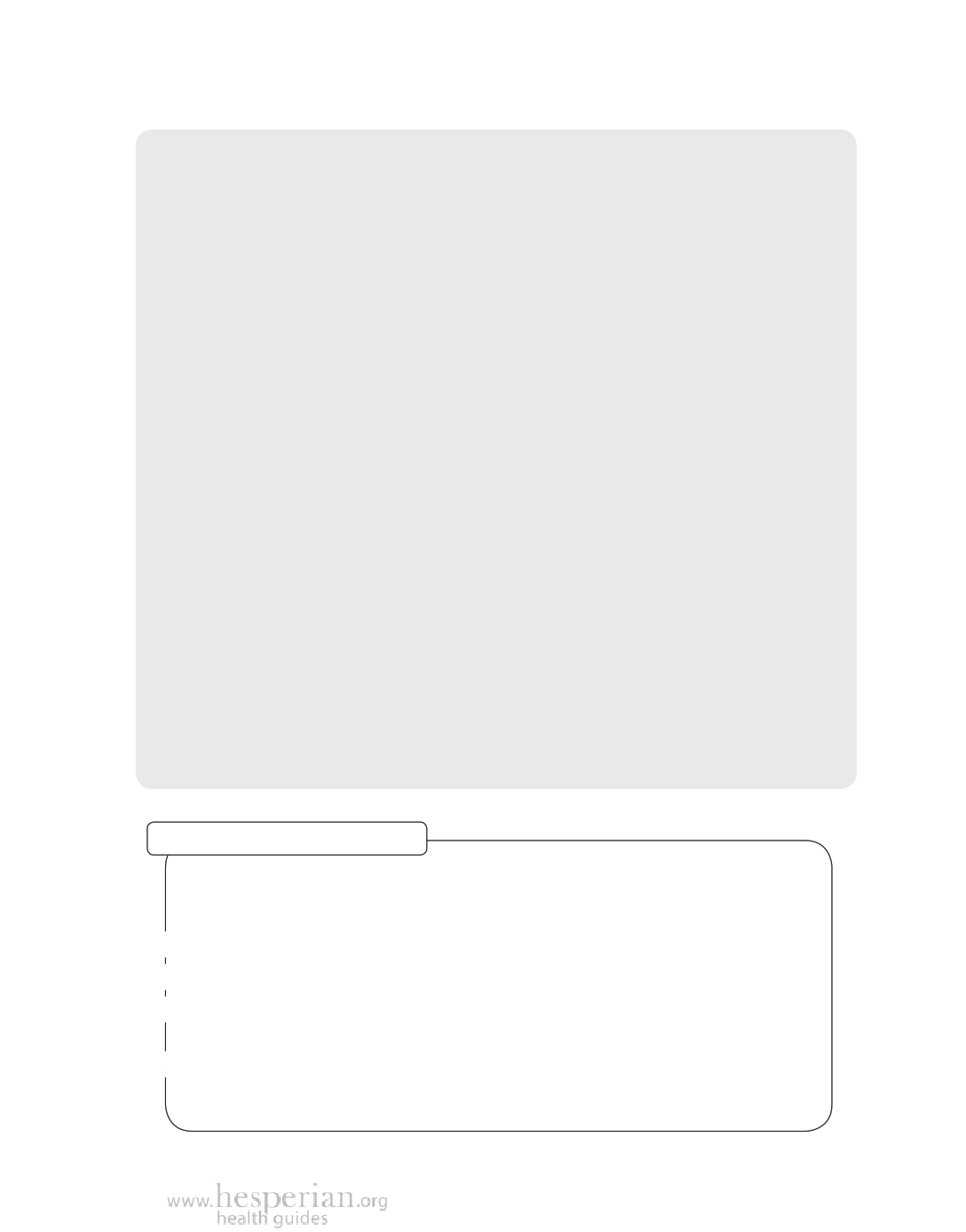
A Community Solid Waste Program 401
Community composting and recycling
Porto Novo, the capital of Benin, once had heaps of trash as tall as 4-story
buildings rotting in the streets. As you can imagine, this caused many health
problems. And the terrible smell made it an unpleasant place to live. Some people
decided to start a composting center to change the waste into useful fertilizer.
With funding from a social service organization, they found a large site to
set up a recycling and compost plant. A French organization provided the Porto
Novo group with a tractor and 2 trailers. They parked the trailers near the
train station and a football stadium, and encouraged people to put their trash
in them. Now, every evening the tractor tows the trailers full of waste to the
recycling center where young people sort the trash.
Organic waste is thrown in pits and covered with palm leaves to make
compost. The compost “cooks” check the humidity, air flow, and heat regularly
to make sure the waste decays quickly. After 2 months, the compost is ready
for use.
Some young people from the project began to use the compost for market
gardening. With funds from the United Nations Development Programme, the
center bought seeds and land to grow crops. In this region of Benin, the soil has
never been rich and has become poorer due to overuse. But with their compost
to enrich the soil, the young gardeners are able to grow nutritious, fresh
vegetables. Villagers also buy the compost to fertilize their own gardens.
The money the compost center earns from selling vegetables and compost
is used to buy more equipment and hire more unemployed youth to work as
waste sorters and market gardeners. In this way, the project supports itself and
continues to grow.
How to make slow compost
This way of making compost requires little space and little work, and produces
compost in about 6 months.
➊ Dig a hole in the ground 60 cm by 60 cm wide and 1 meter deep.
➋ Put a mix of dry and wet organic waste in the hole.
➌ Cover every 20 cm depth of organic material with 3 cm soil and add water to keep
it damp (just moist, not soaked).
➍ Cover the hole to keep the rain out. After a week, the compost should start to break
down. The pile of waste will heat up and shrink as it breaks down.
A Community Guide to Environmental Health 2012